Everyone Wins With Always-On Enablement

Enablement occurs when a business educates and communicates to all key stakeholders on everything they need to know to sell or use a product through resources and content.
Let’s break it down further and look at the main goal for each type of enablement:
1. Buyer enablement: Support buyers as they self-educate about your product
2. Revenue enablement: Support all revenue generating channels
3. Sales enablement: Support the sales team so they can close deals faster

Customer Enablement

Sales Enablement
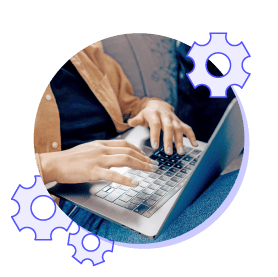
RevenueEnablement
Most businesses have some enablement efforts in-market already: blog posts, demos recordings, and FAQs all count. With that said, there are so many ways you can elevate your existing enablement efforts so they create stellar customer experiences, and usher in alignment between your sales and marketing teams. If you’re new to sales and marketing alignment, learn more about it in this article here.
Gartner’s sales enablement framework
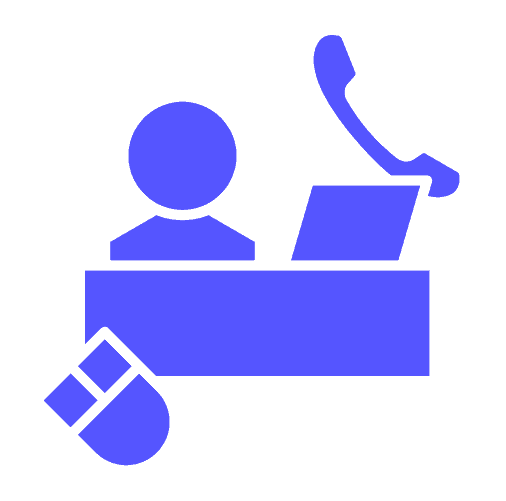
While enablement can have many meanings, in this playbook we’ll be referring largely to sales enablement since it encompasses everything a business needs to do to “let the buyer buy, and the seller sell”. In Gartner’s Sales Enablement Framework, four attributes of world-class sales enablement are:
1. Aligned to revenue objectives
It’s critical for sales enablement teams to focus on the big picture: revenue. Every aspect of enablement strategy must be reviewed based on how it supports or drives revenue.
2. Design-driven
In a design-driven department or organization, every step of a process is considered in a larger context and how it relates to the holistic experience of buyers and sellers.
3. Value-centric
Sales enablement functions provide two different level of value in the sales process. The first focuses on providing value to the seller through a variety of training, coaching, and knowledge. The second level of value is presented to the buyer through content and messaging made available by the seller.
4. Technology-powered
The modern sales enablement organization runs on technology. The expansion of the function and its importance to sellers has been supported by a variety of technology sub-categories: conversation intelligence, sales content management, sales readiness, real-time knowledge, and digital adoption platform.
Better together:
content intelligence
+ enablement
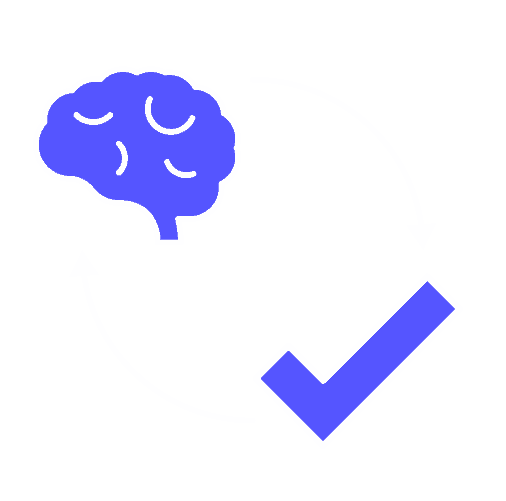
Whether it’s standalone blog posts, or a fulsome resource center, content is central to how your buyers and sellers find information they need about your product or solution. Trying to understand the success of your enablement strategy without content intelligence is like trying to figure out if your car has broken down without a set of keys.
By adding content intelligence to the mix, you gain insight into the content and resources that are helping your stakeholders find the information they need. An enablement strategy powered by content intelligence allows businesses to:
1. Develop valuable revenue intelligence.
You already know content is at the heart of your enablement efforts. If content intelligence is your buyers’ behavior as they navigate through their buyer journey, revenue intelligence is the next piece of the puzzle you need to help you understand how your content contributes to your pipeline growth. Learn more about PathFactory for Revenue Intelligence here.
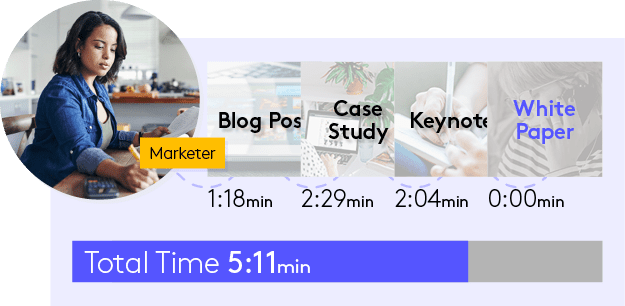
2. Group, tag, and share content by knowledge level.
Create relevant content recommendations and tags for different groups, and measure engagement for both technical and business-focused teams.

3. Create targeted content tracks.
Choose who can see certain content assets by defining access parameters so you can be confident your audience is getting the most relevant message.
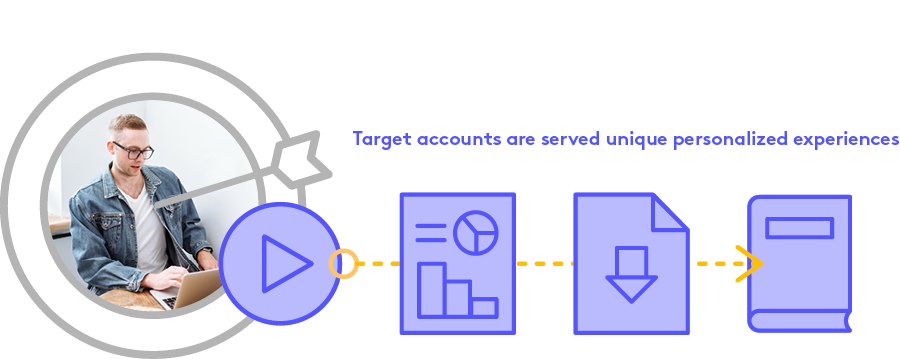
4. Create custom communications with your audience.
Share announcements, new products or solutions, or major changes with your internal and external audiences.

Considering the most important part of enablement is the content being used to self-educate, it makes sense to invest in solutions that help you understand who (at individual, opportunity, and account levels) is consuming your content, and what types and topics resonate most.
Remember: Without content intelligence, there is no revenue intelligence, and without revenue intelligence and the data that accompanies it, there is no enablement. Consider using a tool like PathFactory for Revenue Intelligence, which aims to connect both marketers and sellers through valuable customer data so they can work together to create a frictionless buying experience. As Gartner’s research found, B2B buyers spend only 17% of the total purchase journey with sales reps, which means marketing teams (and the content they create) are doing much of the heavy lifting during the selling process. By providing access to the same data sellers and marketers, you’re gaining a unified view of the selling process, as well as your buyers navigating it, so you can provide the most-contextually relevant experience to your prospects.
Metrics that matter: how to measure the success of your enablement efforts

Measuring the success of your enablement efforts can be tricky – not because it’s particularly difficult, but because enablement has dependencies that span across an entire business. The success of enablement tactics can be measured through a content lens: sessions on a resource center, average time spent on a blog, number of people from the account reading content. Or you could measure success through a sales lens: deals closed, onboarding time of sales people, demo requests. Here are four metrics that we think are the most important to keep in mind when gauging the success of your enablement efforts.
1. Content usage and effectiveness.
Content usage can refer to anything from the number of sessions, the number of times a specific content asset was consumed, or the amount of time spent on a content asset. Content effectiveness helps you locate the content assets that help progress an opportunity into later stages of a buying or sales cycle.
2. Productivity of your sales/GTM teams.
The goal of your GTM team should be to move buyers through the buyer journey with as little friction as possible. If your buyers are getting stuck in a certain stage, look into what the biggest concerns are and address them. For example, sales may not like the content that’s available to support a specific sales cycle stage, or the content they do need may not be available. This is helpful information and can inform future content creation priorities.
3. Onboarding time of your sellers and customers.
Self-educating is only part of the enablement process; there’s also the matter of onboarding your internal team or new customers to your product. Do you have a handy resource center that allows people to self-educate about your product, or is it hard to navigate and full of untagged content? Put yourself in your audience’s shoes to understand their onboarding experience.
4. Conversion.
Your audience should be self-educating and moving through the buyer journey to the point that they’re prepared to have a sales conversation. If your audience is staying top-of-funnel, it’s time to figure out what’s hindering them from moving forward; maybe you’re missing or have ineffective mid-funnel content.
The four metrics above are pretty straightforward and provide a good mix of quantitative and qualitative insight into your efforts. However, since we’re on the topic of metrics, there is one group of data that you should consider monitoring: intent data.

Intent signals use intent data to indicate who in your audience is ready to buy, or at least ready for a sales conversation. For example, if a prospect consumes three blog posts, a case study and a webinar in one sitting, you could be sent a ‘fast-moving buyer’ alert which would let you know that the particular customer is very interested in the product. This intent data is collected based on how the prospect is consuming your content, and is just another way content intelligence enables your audience to have the best experience possible, whether they’re buyers or sellers. For more details on intent signals, check out this article.
The biggest obstacles to an A+ enablement strategy (and how to overcome them)

-
It’s difficult for me to educate both internal and external audiences because the content needs are different for each audience.
Solution: Writing content for a general audience is better than not having content at all. Consider launching a resource center that outlines everything someone would need to know (internal or external) about how to use your product or service. Once time and staffing allows, you can branch out and start creating customized content for specific audiences.
-
I don’t have the right people for both general and technical enablement
Solution: Keep things general and find a new way to provide technical help to stakeholders that need it. For example, instead of investing time writing technical content to help viewers self-educate, set up office hours with technical folks on your team so that customers can interact with your technical team directly on questions they might have.
-
Every group needs individual training because each teams’ needs are unique
Solution: It’s true, people have different needs for the same solution. Consider opening up training to a small group of “super users” from various teams who will be the tool’s heaviest users. Once they’re up to speed, they can act as support for other team members who want to leverage the tool as well.
The biggest obstacles to an A+ enablement strategy (and how to overcome them)

Whether you’re just starting out or leveling-up your current enablement strategy, every company is at a different stage in their process. In the section below, learn about the three maturity stages and their accompanying tactics so that you can find out where your company fits in, and what you can do to improve.
Experimental: —
“Our sales and marketing teams are aligned and we have a plan in place to enable customers to self-educate on our products and solutions. What’s next?”
-
We know enablement is important and have made it a priority
-
We’ve identified a few key areas for creating templates that will help with continuous self-education
-
We leverage a CRM and share insights between our sales and marketing teams
If this sounds like you, try:
- Train your sales team to take action on leads in near real-time
- Pull detailed engagement analytics for your commonly-used assets across campaigns and 3rd party sites
- Develop a better understand your buying committee(s)
Operational —
“We can see that our customers get a lot of value out of our content, but how can we personalize their experience?”
-
Our customers are actively enabling and self-educating
-
Our internal teams (sales, customer success, and support) leverage our resources and self-educate
-
Our internal teams have a regular process documented for training, communications, and content assets
If this sounds like you, try
- Track and report on assets and prioritize account outreach based on who is truly active, cross reference with intent from ABM platform if using (6Sense, DemandBase, other)
- Use AI-driven content generation to deliver the right content to each person when they’re searching for it
- Create customer-specific channels to inform on new products, newsworthy announcements, etc.
- Provide interactive educational content and webinar experiences to provide more engaging and effective training
Amplified —
“We provide our customers, internal teams, and partners with customized content experiences, all with robust analytics. What else is there to do?”
-
We’ve expanded our reach beyond sales and customers to include partners and integrations
-
Our templates are modified to each audience, and they are able to track and report highest performing assets
If this sounds like you, try:
- Package up multiple contents to create bingeable content “packs” to drive education of your products and services
- Track and report on asset engagement by group and deliver what is most beneficial to them (focus outreach on topics of interest)
- Create audience-based communications channels designed to improve the experience unique to each group
- Create smart nurture campaigns tailored to internal or external on-boarding experiences and timelines
At the end of the day, the goal is to make it easier for your customers and internal teams to self-educate, and access resources about your products and solutions. The key to A+ enablement is a healthy content library that is constantly adding fresh, accessible resources—but if the quantity of content isn’t there quite yet, focus on publishing a few pieces of quality content, check the data and consumption patterns of your audience, and use that to create subsequent content. Before you know it, you’ll have a bustling resource center that your audiences can easily engage with at their own pace.
Glossary

Always-on
In enablement, ‘always-on’ refers to constant and consistent availability of content and resources that help buyers self-educate and self-nurture. No contact from sellers is needed, unless the buyer requests it.
—
Customer Enablement
This refers to everything you’re doing (or could do) to improve your customer experience. This includes giving customers access to the tools, resources, and information they need to make decisions and use your product.
—
Revenue enablement
This supports all revenue-generating channels and refers to how your company acquires and retains customers.
—
Sales process
A predetermined, defined series of steps taken to turn a lead into a customer.
—
Sales process
A predetermined, defined series of steps taken to turn a lead into a customer.
—
Intent data
Intent data is information collected about a known or unknown visitor’s observed behavior—in this case, content consumption—that provides insights into their readiness to buy.
—
Intent signal
Using intent data, intent signals indicate to a business when a prospective customer is ready to have a sales conversation or make a purchase.
—
Revenue intelligence
Revenue intelligence is the combination of AI, automation, and analytics within B2B sales and marketing technology to provide insights that guide systems, marketers and sellers on next-best actions and activations to drive profitable revenue growth.
—



